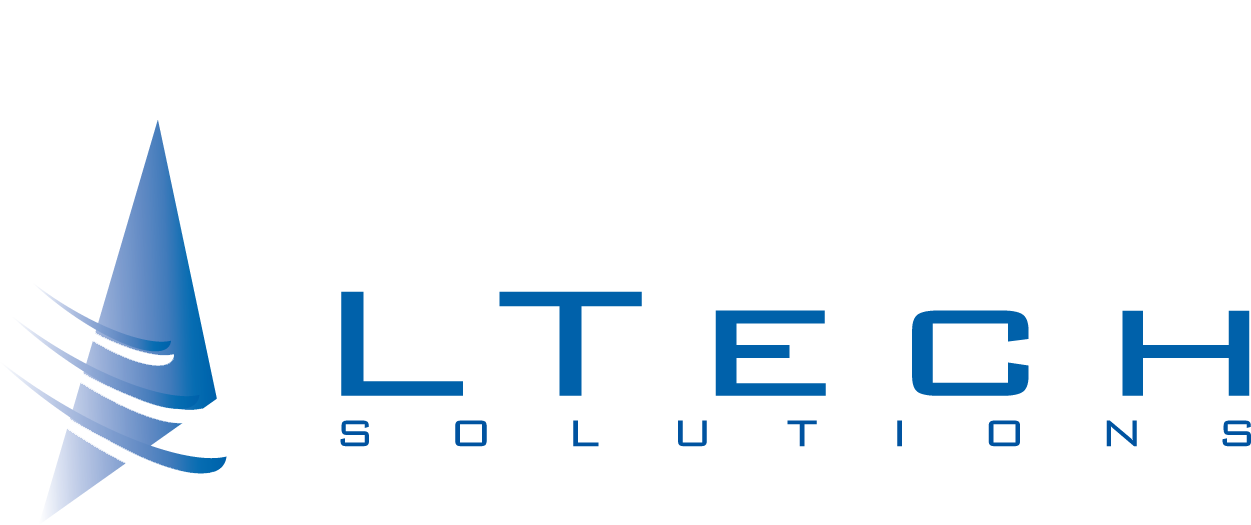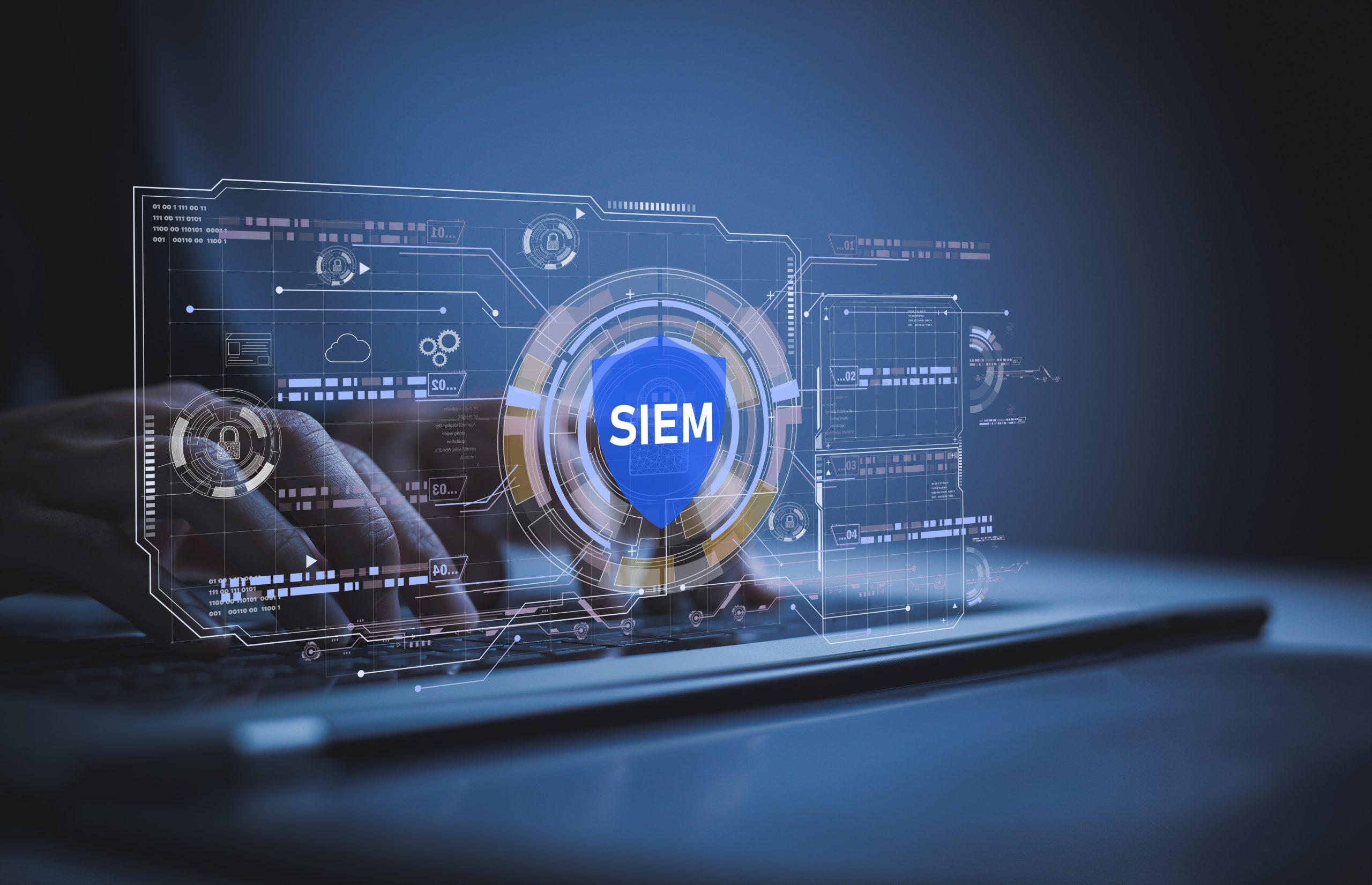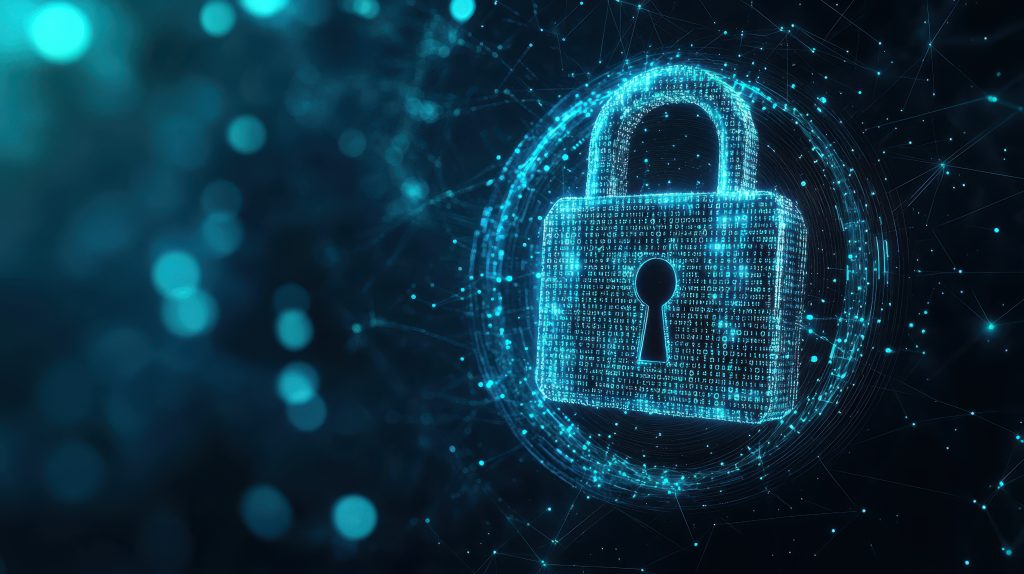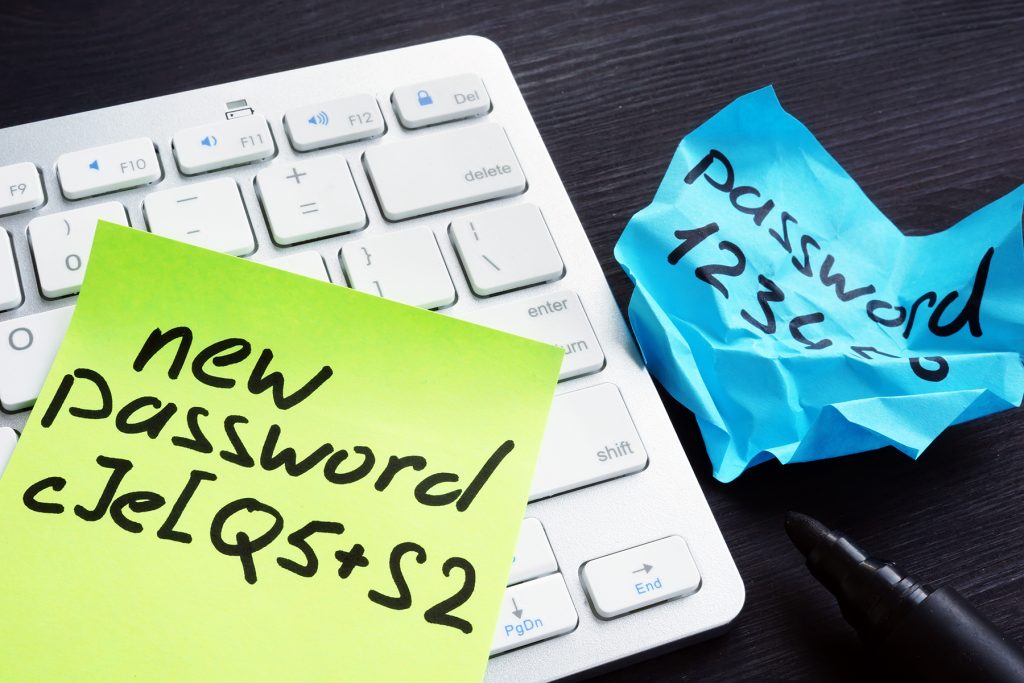Windows 10 End of Support is Coming: What Your Business Needs to Know

As we head into 2025, it’s time for businesses to prepare for a significant milestone in IT: the End of Support (EOS) for Windows 10, scheduled for October 14, 2025. Microsoft will officially discontinue updates and support for Windows 10, making it critical for organizations to start planning their migration to Windows 11.
We’ll outline what this means for your business, the risks of not upgrading, and how we can help ensure a smooth transition.
What Does “End of Support” Mean?
After October 14, 2025:
- No security updates: Microsoft will stop releasing security patches for Windows 10, leaving systems vulnerable to new threats.
- No technical support: Microsoft will no longer offer technical support for issues related to Windows 10.
- No feature updates: Businesses will miss out on new features and productivity enhancements found in newer operating systems.
In short, continuing to use Windows 10 after its EOS date puts your business at significant risk of security vulnerabilities and compliance violations.
Why Upgrading Is Essential
- Security Risks:
- Without security updates, Windows 10 systems become easy targets for hackers. Cybercriminals often exploit vulnerabilities in outdated systems, leading to potential data breaches or ransomware attacks.
- Compliance Issues:
- Many industries (e.g., healthcare, finance) require up-to-date systems to meet regulatory compliance standards like HIPAA, PCI-DSS, and GDPR. Running an unsupported OS can put your business out of compliance, leading to fines or legal issues.
- Reduced Productivity:
- Windows 11 offers enhanced features, better performance, and improved compatibility with modern hardware. Staying on Windows 10 could mean missing out on these advantages and falling behind competitors.
What Should You Do Next?
Here are the steps to prepare for Windows 10 EOS:
1. Assess Your Current Infrastructure
- Identify devices still running Windows 10.
- Evaluate whether your hardware meets the requirements for Windows 11. Many older systems may need to be replaced.
2. Plan Your Migration
- Develop a timeline to upgrade affected devices before the EOS date.
- Consider upgrading to Windows 11 for continued support, security, and features.
- If upgrading hardware is necessary, budget and plan for replacements.
3. Test Compatibility
- Ensure your business-critical applications and software are compatible with Windows 11.
- Conduct pilot upgrades on a small group of devices to identify and resolve potential issues.
4. Work with an IT Partner (That’s Us!)
- Our team specializes in managing upgrades, ensuring minimal disruption to your business operations.
- We’ll handle everything from compatibility assessments to hardware replacements and deployment.
How We Can Help
- Perform a system audit: Identify devices and applications that need to be upgraded.
- Plan your transition: Create a customized roadmap for your business.
- Provide licensing support: Assist with licensing requirements for Windows 11.
- Deploy and support: Ensure a seamless migration with minimal downtime.
- Offer ongoing management: Monitor your systems to ensure they stay secure and up to date.
Don’t Wait Until the Last Minute
The October 14, 2025 EOS deadline may seem far away, but transitioning your business from Windows 10 to Windows 11 requires time, planning, and resources. Starting now allows you to avoid last-minute stress and unexpected costs.
Let’s Get Started! If you’d like to discuss how we can help your business prepare for Windows 10 EOS, contact us today. Together, we’ll make the transition smooth, secure, and hassle-free.



